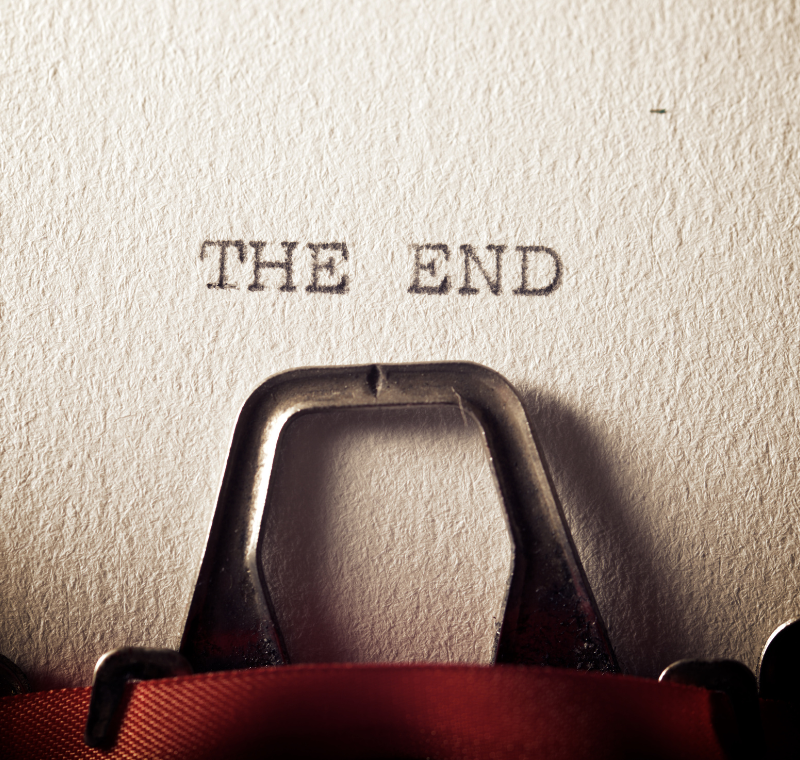Cataclysms are a blast in worldbuilding—sometimes literally! From epic disasters to mysterious collapses, cataclysms can layer your fantasy or sci-fi setting with legendary ruins, lost history, and compelling secrets.
If you’re a writer or game master looking to add depth to your world, cataclysms might be just the tool you need to shake things up. Let’s dive into how to use them in your world, and you’ll see why you should be adding these big, world-shaking events to your stories.
What Is a Cataclysm in Worldbuilding?
A cataclysm is any major event that drastically alters the course of history in your world. We’re talking about massive natural disasters, magical doomsdays, cosmic upheavals, or even societal collapses.
Think of "The Faro Plague" in Horizon Zero Dawn that transformed the world into a post-apocalyptic landscape. Or Ragnarok from Thor: Ragnarok (and also Norse mythology!) Cataclysms leave scars that linger for generations, adding layers of history (and mystery!) to your setting.
A Fun and Recognizable Trope
Cataclysms are a familiar trope that players and readers will instantly understand. The idea of a world-changing disaster resonates because it’s such a commonly-used element in speculative fiction. Who doesn’t love the thrill of a great mystery, especially one on a world-altering scale?
They’re also highly flexible—you can adapt them to fantasy, sci-fi, dystopian settings, and more. And because they’re so fun and dramatic, they can help your world stand out.

Why Are Cataclysms Useful in Worldbuilding?
Cataclysms aren’t just about blowing things up—they’re worldbuilding gold for several reasons:
- Add Depth and Complexity: Cataclysms give your world a layered history. They create a "before" and "after," making the setting feel lived-in and giving it a sense of eras and change. Players and readers will love peeling back the layers.
- Plant Seeds of Mystery: When you scatter ancient ruins, lost artifacts, or cryptic old texts across your world, you’re inviting your audience to solve a puzzle. What really happened? Was it an asteroid impact? A magical war? A society collapsing under its own weight? The possibilities are endless.
- Streamline Historical Development: Let’s be honest—creating history can be daunting. A cataclysm allows you to skip over vast stretches of time without needing to explain every little detail. It’s a built-in reason for why certain technologies, knowledge, or cultures were lost or forgotten.
Time Capsules to Be Discovered
Imagine a world where relics of the past lie hidden just beneath the surface. Cataclysms create "time capsules" from previous eras—think long-buried ruins, enchanted relics, or lost records sealed in vaults. These remnants are perfect plot hooks that offer clues about the world’s forgotten history.
Perhaps explorers uncover a vault filled with scrolls describing a civilization that mysteriously disappeared overnight. These discoveries can spark entire quests, whether it’s deciphering what happened or just looting some sweet ancient treasure.
Introduce Ancient Peoples and Their Influence
Cataclysms can give rise to long-lost civilizations whose echoes still influence the present. Perhaps the disaster wiped out a once-mighty empire, leaving behind ruins, myths, and a few scattered descendants who now lead humble lives.
You can play with how much (or how little) of this ancient history is remembered. This allows you to craft legends about ancient heroes, forgotten gods, or mysterious artifacts that survived the ages.
These remnants create natural opportunities for conflict and storytelling. You could create a society clinging to the scraps of lost knowledge from before the cataclysm. Or introduce the discovery of a new ruin reigniting an old debate among scholars or religious sects.
Invoke Dark Ages and Undone Development
A cataclysm can plunge the world into a dark age where progress stalls, or even regresses. Technological and cultural development might stagnate or knowledge could be lost.
World Anvil’s Timelines feature makes it super simple to create a visual representation of your world’s entire history - and to fill in the gaps later, as the forgotten history is revealed. But you can still benefit from a cataclysm streamlining your worldbuilding.
You don’t need an unbroken timeline of events if entire centuries were marked by rebuilding or survival rather than innovation.
These dark ages can make the world feel more realistic, too—history is rarely a straight line of progress! Plus, dark ages can be a wonderful setting for your story’s present, where old ways mix with new attempts to reclaim or rediscover lost achievements.
Making the Past a Delicious Mystery
Cataclysms turn the past into a mystery that begs to be explored. What really caused the disaster? Was it a freak accident, or something more sinister, like a failed magical experiment or the wrath of the gods? The more breadcrumbs you leave, the more curious your readers or players will be.
Mystery drives exploration, and exploration drives plot. Whether your heroes are scholars piecing together ancient history or adventurers seeking legendary treasures, a mysterious past is a powerful motivator. Think of how Skyrim’s Dragon Crisis leads players to investigate ancient legends, or how The Lord of the Rings features relics of bygone eras that shape the story’s world.
A Ticking Clock: Could It Happen Again?
What if the cataclysm wasn’t a one-time event? The threat of a repeat disaster can add urgency to your story. Maybe the stars are aligning for another magical cataclysm, or the volcano that reshaped the land is showing signs of life again.
This sense of looming danger adds tension, keeping your audience on the edge of their seats. Just knowing that the world could be on the brink of another catastrophe makes every choice feel more critical and raises the stakes for your characters.
This is executed beautifully in the Dragonriders of Pern series by Anne McCaffrey. The destructive spores known as threads explain the lost technology of the planet’s originally spacefaring people, while also creating a looming threat that drives the plot. Half of the heroes’ problem is figuring out how to counter the disaster, and the other is convincing skeptical people to take action when they believe the ancient danger is a mere myth that won’t happen again.
The long, deadly winters of Westeros in A Game of Thrones is another great example.
Ready to Build (and Break) Your World?
Ready to add cataclysms to your world and bring that delicious mystery and drama to life? World Anvil has all the tools you need to document ancient peoples, plot historical timelines, create legendary artifacts, and build the perfect "time capsules" for your setting.
Create your free account on World Anvil today, and start weaving your world’s history—before and after the cataclysm. Who knows what mysteries will be uncovered?
Sign up for World Anvil now and start your worldbuilding journey!
Become a World
Anvil member

.png)






.png)
